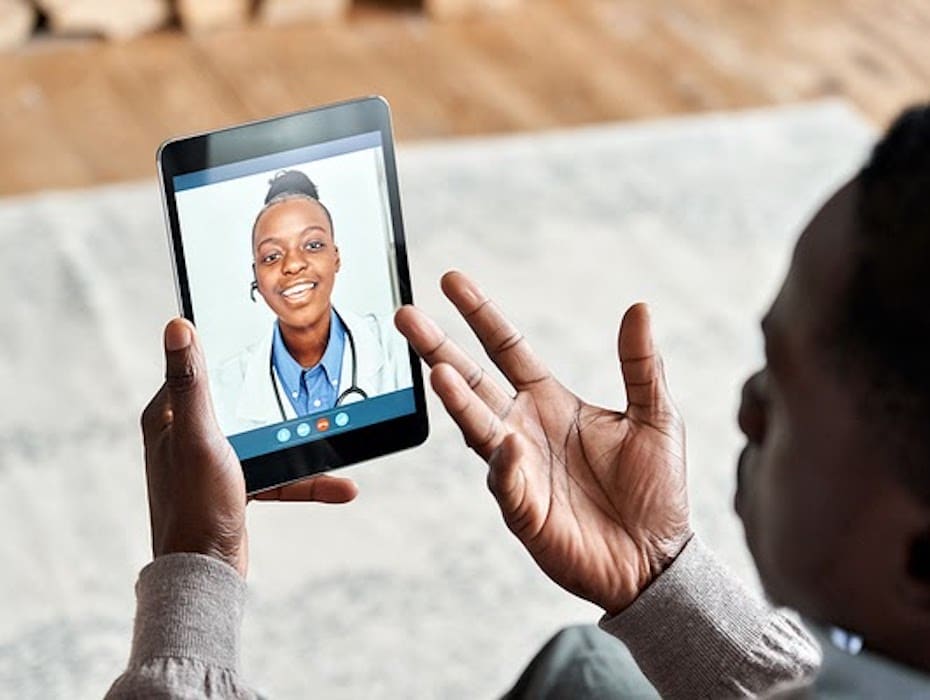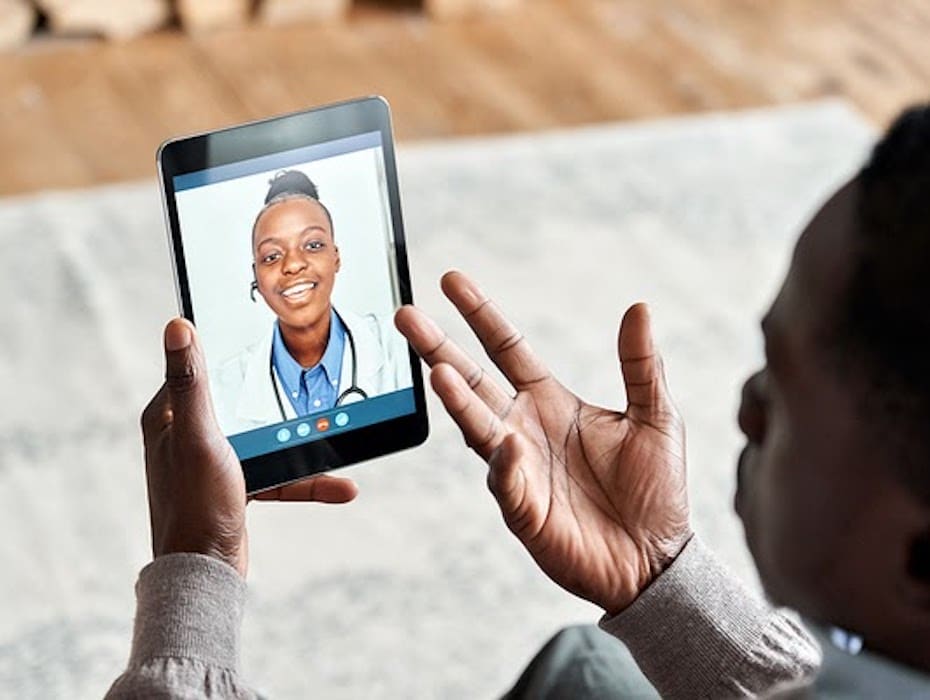
2020 was a banner year for telehealth technology. Enormous and unprecedented demand for virtual healthcare led to significant investments in this space. Yet, the question arises: what happens after the public healthcare crisis ends? Will there still be a massive need or desire for telehealth services in the coming year?
The answer is “yes.” In 2021, it will still make sense to use telehealth technology—for healthcare providers, patients, employers, payers, and all stakeholders.
Why healthcare providers embrace telehealth
Healthcare providers should continue to utilize telehealth technology in the coming year because:
- It improves their work-life balance
- Their patients want it
- They can see more patients
Telehealth technology improves work-life balance
One of the benefits of telehealth technology is that it improves work-life balance for healthcare providers. Using a telehealth solution to virtually see patients gives doctors the flexibility to work from home.
They no longer have long commutes, which saves them money and time. If they have families, they have more time for them, and if they’re single and unattached, they have more time for hobbies.
Patients want telehealth technology
Even after the end of the current public healthcare crisis, patients still want to use telehealth technology to connect with their providers. A summer 2020 survey from Accenture showed that 60 percent of patients want to use virtual care tools going forward.
It makes sense—telehealth technology enables patients to attend virtual appointments from the comfort of their own home. They don’t need to spend time or money traveling to their provider’s office and then waiting for their appointment.
Providers can see more patients in less time
Another advantage of telehealth solutions is that providers can see more patients. If providers are telecommuting, that opens up time for more virtual appointments.
2020’s dramatic rise of telehealth
Why patients embrace telehealth technologies
Patients have several great incentives to continue using telehealth technology now and well into the future:
- They don’t have to expose themselves to contagions
- They have greater access to healthcare providers, especially if they live in a rural location
- The care is often comparable to in-person care
Patients don’t expose themselves to contagions
Imagine that you’re a patient, and you have an in-person doctor’s appointment. You enter the room, only to find three or four coughing, sniffling patients. Even if you’re perfectly healthy, you’d be apprehensive; if you’re immunocompromised, the situation is downright scary.
Telehealth keeps patients out of the waiting room. Rather, they can hold the appointment in the comfort of their home, where they don’t have to worry about others’ sicknesses.
Patients have greater access to providers, especially rural patients
One of the benefits of telehealth solutions for patients is that they have greater access to providers. This holds especially true for rural patients. In a Deloitte study, there were approximately 33 doctors for every 10,000 urban patients; the number dropped to about 13 doctors for every 10,000 rural patients.
Telehealth technology reduces those barriers to care. Rural patients can now connect with doctors who aren’t located in the same geographic location to get the treatments they need.
Telehealth is often comparable to in-person care
One of the questions that repeatedly arises is, “Can telehealth technology be as good as in-person care?” Many patients say, “Yes.”
A study from The Gerontologist showed that patients who received treatment via telehealth had better health outcomes than those who did not. During the public healthcare crisis of 2020, patients were as satisfied with their virtual visits as they were with in-person care, according to research from Press Ganey.
Why employers embrace telehealth technologies
Employers also have some compelling reasons to support telehealth technology:
- Employees take off less time to see doctors
- There’s a demand from employees
Employees take less time off work
Telehealth appeals to employers because employees take less time off work for doctors’ visits when they choose telehealth.
The average wait time to see a doctor is two hours, which includes commute time and time spent in the waiting room. With telehealth solutions, employees can spend more time working and less time waiting for care.
An employee demand for telehealth
Millennials (those born between 1981 and 1996) make up half the American workforce. They also prefer telehealth technology to in-person appointments.
According to a survey from Media Logic, 74 percent of Millennials would rather have a virtual appointment than go to a provider’s office. By offering telehealth as a benefit, employers can attract this very large demographic.
Why payers embrace telehealth technologies
Payers (both government and private) should embrace telehealth technology because it’s cost-effective.
Public and private payers should have a vested interest in telehealth solutions, because they’re a cost-effective alternative and complement to traditional, in-person healthcare.
It is much cheaper for a patient to have a telehealth appointment. The typical cost of a virtual visit is $50, while the average weighted cost for alternative care sites is $176. In an era where not everyone has access to primary care physicians, and patients tend to turn to emergency departments when their health conditions become unmanageable, telehealth technology could save the healthcare system millions of dollars.
Telehealth technology is the right choice for all stakeholders because it allows safe access to care. The public healthcare crisis of 2020 created an unprecedented demand for telehealth. Suddenly, it became unsafe for providers and patients alike to hold face-to-face appointments. Telehealth solutions were able to fill a critical gap and ensure that patients received the care they needed, while providers could keep themselves safe as they worked.
Unfortunately, this won’t be the last public health crisis with which we have to cope. However, telehealth technology can help patients and providers stem the spread as they maintain continuity of care.
RingCentral: your telehealth solution today and in the future
RingCentral’s telehealth technology enables you to embrace telehealth to satisfy patients, providers, employers, payers, and all stakeholders in the healthcare process.
Better healthcare outcomes at a lower cost. Cloud communication systems are transforming healthcare. Find out how.
Looking For Startup Consultants ?
Call Pursho @ 0731-6725516
Telegram Group One Must Follow :
For Startups: https://t.me/daily_business_reads







